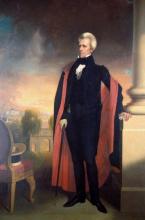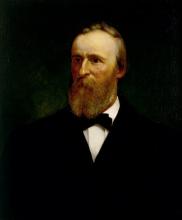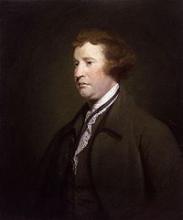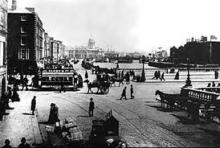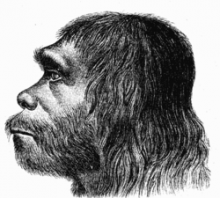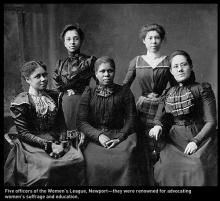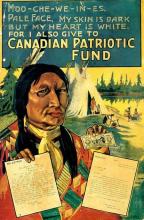Measuring the Presidents by their Presidential Portraits
What’s the true measure of a man? According to NYT blogger Clinton Cargill, if the man was a past or current president of the United States, a man’s true measure can (sort of) be determined by his presidential portrait. In his brief blog post, Clinton Cargill lists his favorite presidents in order as determined by each of their presidential portraits.
Andrew Jackson wins the title as Clinton Cargill’s favorite president, mainly for the military garb he wore in the portrait. The writer claims that the military uniform makes him look “oddly vulnerable.” It’s odd to think of Andrew Jackson as “vulnerable” because if history serves me correctly, he was kind of a bad-ass when he was president of the United States.
Second on his list of famed presidential portraits is Rutherford B. Hayes, whose portrait the writer likes because the portrait is a tad bit “Rembrandt-ish.” Of course it is.
The third and final president to make the cut based solely on his presidential portrait is Dwight D. Eisenhower, who is also in uniform. In contrast to Andrew Jackson’s military garb, Dwight D. Eisenhower’s military uniform makes him look “slightly confrontational” and “intense.” Whether or not this is based on the portrait itself or the uniform is a little difficult to tell.
In Dwight D. Eisenhower’s presidential portrait, he is not wearing a red cape. Believe it or not, the absence of a cape can actually make a person look tougher than he would with a cape draped around his shoulders.
What do you think about Clinton Cargill’s choices?
I like the idea of ranking presidents by their official portraits; I don’t think I’ve ever seen anyone do anything like it before. That said, I don’t think that he necessarily chose the most striking or interesting presidential portraits. After taking a look at a few presidential portraits, I think my personal favorite was the presidential portrait for John F. Kennedy. (This portrait was done after John F. Kennedy’s death; I believe Clinton Cargill only looked at the official presidential portraits when making his selection.)
The John F. Kennedy portrait shows John F. Kennedy at a time when the weight of the world was on his shoulders; I imagine that each and every president of the United States has felt exactly the same way at some point during each of their respective presidencies.
